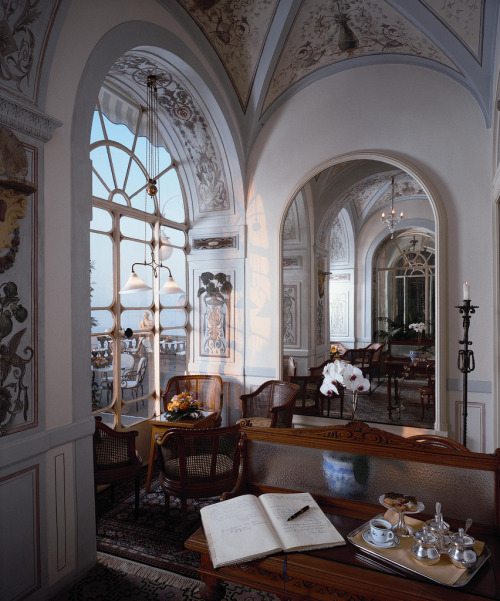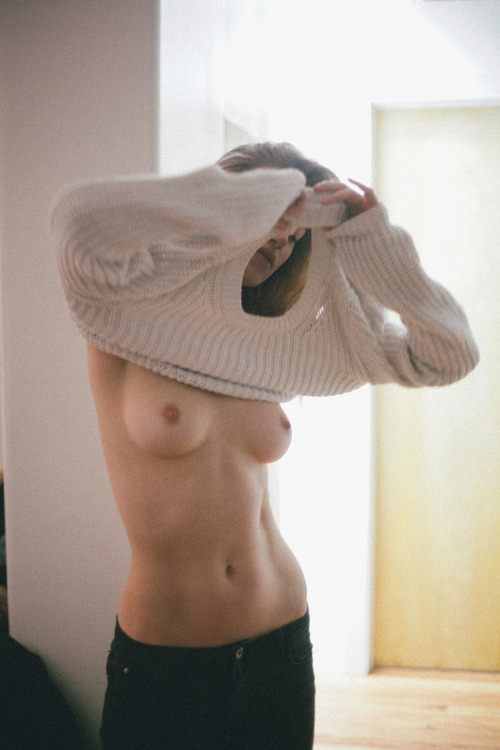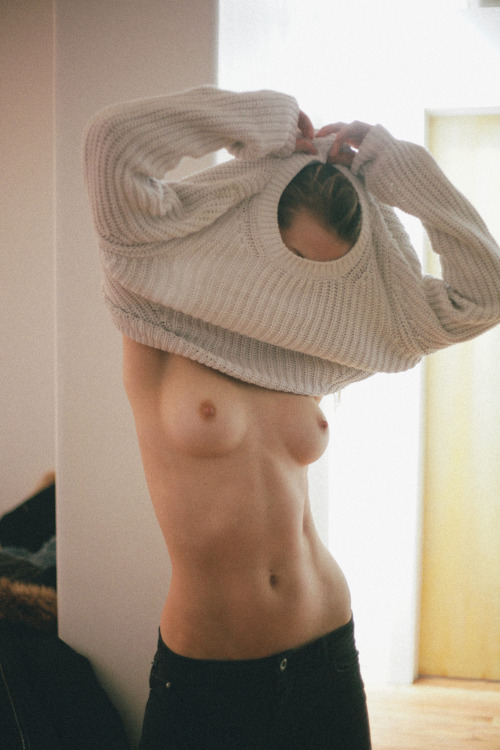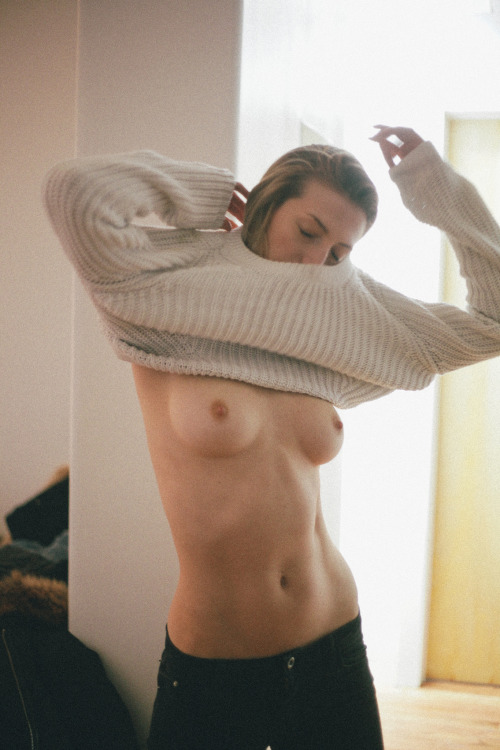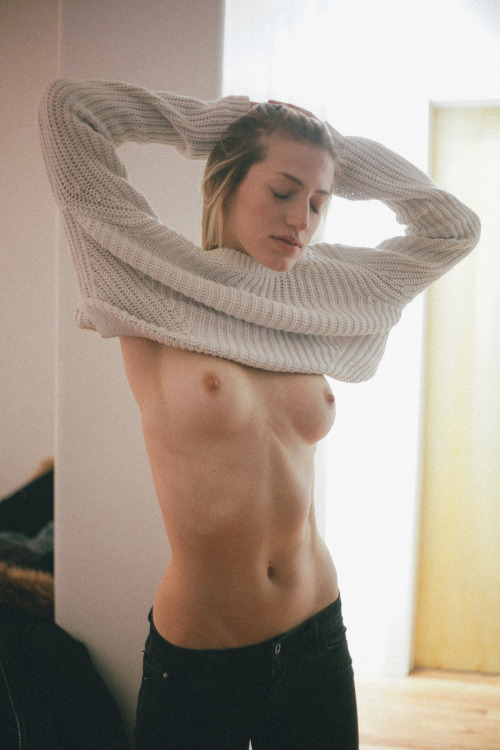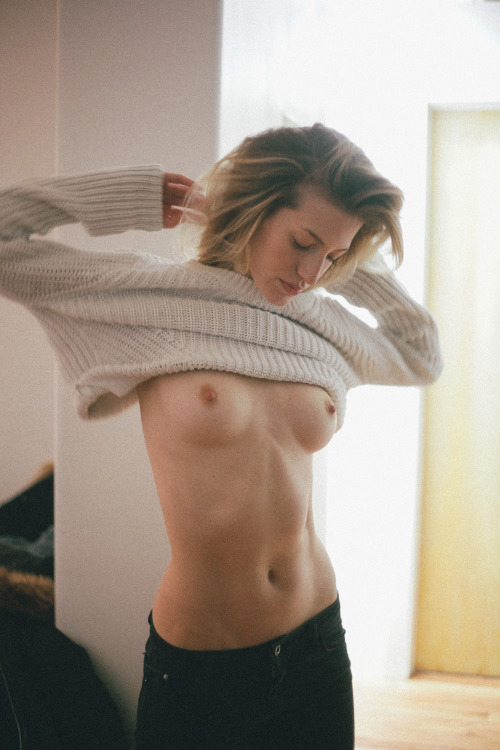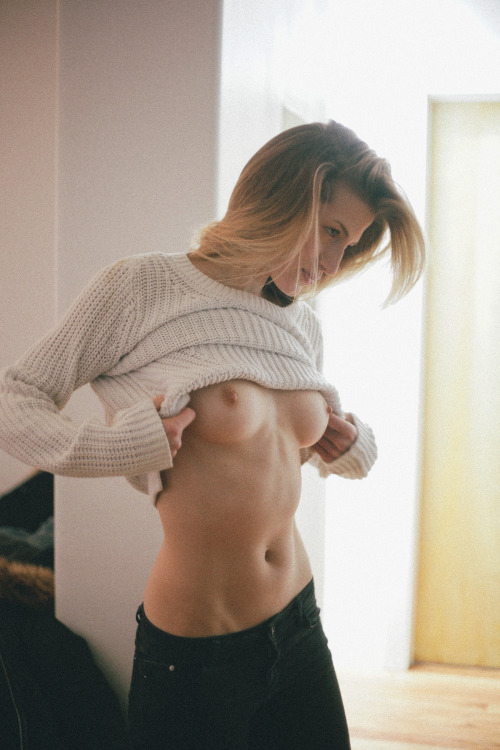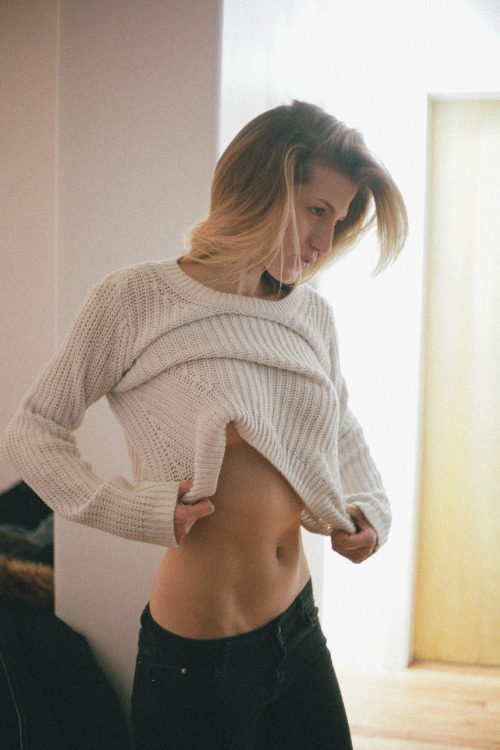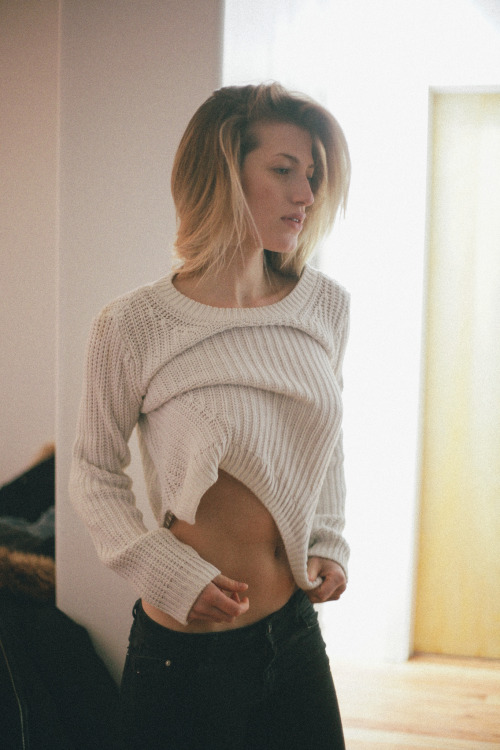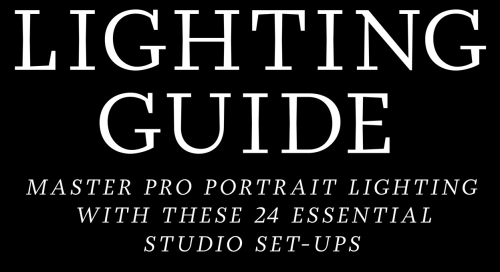Dolce & Gabbana At Milan Fashion Week Fall 2012

Dolce & Gabbana at Milan Fashion Week Fall 2012
More Posts from Zelo-ref and Others








Rapier with Scabbard
Dated: 1575-1583
Geography: made in Dresden, Saxony, Germany, Europe
Medium: engraved steel [blade]; blackened iron, pierced and engraved silver, wood, silver wire [hilt]; pierced and engraved silver, wood, leather [scabbard]
Measurements: pommel: 2 ½ × 2 13/16 inches (6.3 × 7.1 cm); blade: 11/16 × 42 3/8 inches (1.8 × 107.6 cm); width (quillons): 9 15/16 inches (25.2 cm); depth: 5 13/16 inches (14.8 cm); scabbard: 2 ½ inches × 7/8 inches × 3 feet 2 ½ inches, 8.1 ounces (6.4 × 2.3 × 97.8 cm, 230g)
The blade of the sword was made by bladesmith Andrea Ferrara, Italian (active Belluno), active 1550 - 1583. The sword features silver mounts of rapier and scabbard probably by silversmith Wendel unter den Linden, German (active Dresden), active 1566 - 1593, died before 1610.
Source: Copyright © 2016 Philadelphia Museum of Art
How To Shade
a quick tutorial on shading (with graphite) by yours truly. this is the process I use for shading, and there are tons more out there if this one doesn’t work for you.
MATERIALS USED

1 HB graphite pencil
1 2B graphite pencil
1 4B graphite pencil
1 blending stub (the bigger the better)
1 plastic eraser (white)
1 kneaded eraser (grey)
now why do I use two erasers? well, they’re very different from one another, and each serves their own purpose.
the plastic eraser is harder, and when it erases, it erases everything. the kneaded eraser is soft, and it doesn’t completely erase everything all at once. you can use it to pick up some of the graphite and leave some behind, lightening (but not totally erasing) your shading. plus, the kneaded eraser is so soft you can mold it, and it doesn’t leave pencil shavings. if one end gets too used, you can just stretch it out, and it’s as good as new.
REFERENCE USED

now lets get this started, shall we?
STEP ONE
scribble lightly over your drawing with either an HB (aka a regular #2 pencil) or 2B pencil. you don’t have to be extremely neat, but do it light and nice enough so it can still be erased/you can still see the original lines underneath.

STEP TWO
take your blending stub (the wider the better, and if you don’t have one, use a tissue) and rub in the opposite direction of the scribbling. don’t press too hard, because it might streak/not work if you do.


STEP THREE
erase the extra shading around the edges (using the plastic eraser.).

STEP FOUR
roughly add your darks

STEP FIVE
roughly add your lights by erasing with the kneaded eraser

STEP SIX
add your finishing touches (secondary shadows, background, etc)

(I reshaped the sides, added more lights, and added the background shadow)
and voila! you just did some shading!

DIY Ribbon Tie Sweatshirt Refashion Tutorial from Wobisobi.
Except for sewing a teeny bit where you attach the ribbon, this is a no sew DIY. For a huge archive of excellent DIY sweatshirt restyles go here.

– I know I’ll screw up. But I’ll keep trying as long as you let me
Support my Patreon!





Hey, friends!
It’s Meg! Sorry about the late TUTOR TUESDAY, but I’m here! Today we take a look at drawing environments! This uses our last tutorial on perspective, so if you haven’t check that out! If you have any recommendations, send ‘em in here or my personal! Keep practicing, have fun, and I’ll see you next week!
-
 donkeykongclassifiedsecrets reblogged this · 9 months ago
donkeykongclassifiedsecrets reblogged this · 9 months ago -
 ovaa-bi-bia liked this · 9 months ago
ovaa-bi-bia liked this · 9 months ago -
 moodysasuke liked this · 1 year ago
moodysasuke liked this · 1 year ago -
 wednesdaywoe93 liked this · 1 year ago
wednesdaywoe93 liked this · 1 year ago -
 ecdfashion reblogged this · 1 year ago
ecdfashion reblogged this · 1 year ago -
 sukebanghost liked this · 1 year ago
sukebanghost liked this · 1 year ago -
 rhubarbspring reblogged this · 2 years ago
rhubarbspring reblogged this · 2 years ago -
 rhubarbspring liked this · 2 years ago
rhubarbspring liked this · 2 years ago -
 flipphonegoth reblogged this · 2 years ago
flipphonegoth reblogged this · 2 years ago -
 mrigashirawitch liked this · 2 years ago
mrigashirawitch liked this · 2 years ago -
 akihikosanada reblogged this · 2 years ago
akihikosanada reblogged this · 2 years ago -
 nothingtoseemoveon liked this · 2 years ago
nothingtoseemoveon liked this · 2 years ago -
 moodysasuke reblogged this · 2 years ago
moodysasuke reblogged this · 2 years ago -
 iceyrukia liked this · 2 years ago
iceyrukia liked this · 2 years ago -
 f1ghtsoftly reblogged this · 2 years ago
f1ghtsoftly reblogged this · 2 years ago -
 ghoulty liked this · 2 years ago
ghoulty liked this · 2 years ago -
 sceneabomination liked this · 2 years ago
sceneabomination liked this · 2 years ago -
 ghostshauntedourdays liked this · 2 years ago
ghostshauntedourdays liked this · 2 years ago -
 moss-foot liked this · 2 years ago
moss-foot liked this · 2 years ago -
 shesamashex liked this · 2 years ago
shesamashex liked this · 2 years ago -
 rosepaya reblogged this · 2 years ago
rosepaya reblogged this · 2 years ago -
 wendigogoboot liked this · 2 years ago
wendigogoboot liked this · 2 years ago -
 biblically-accurate-demon reblogged this · 2 years ago
biblically-accurate-demon reblogged this · 2 years ago -
 biblically-accurate-demon liked this · 2 years ago
biblically-accurate-demon liked this · 2 years ago -
 werewuw reblogged this · 2 years ago
werewuw reblogged this · 2 years ago -
 thecoloredcanvas liked this · 2 years ago
thecoloredcanvas liked this · 2 years ago -
 justhereforlesbians liked this · 2 years ago
justhereforlesbians liked this · 2 years ago -
 adhderall reblogged this · 2 years ago
adhderall reblogged this · 2 years ago -
 deadlysunlight reblogged this · 2 years ago
deadlysunlight reblogged this · 2 years ago -
 sergaybobrovsky reblogged this · 2 years ago
sergaybobrovsky reblogged this · 2 years ago -
 nemjun liked this · 2 years ago
nemjun liked this · 2 years ago -
 nagasarennayoex reblogged this · 2 years ago
nagasarennayoex reblogged this · 2 years ago -
 nagasarennayoex liked this · 2 years ago
nagasarennayoex liked this · 2 years ago -
 invisibleghostgal liked this · 2 years ago
invisibleghostgal liked this · 2 years ago -
 furyosas liked this · 2 years ago
furyosas liked this · 2 years ago -
 idlepulse reblogged this · 3 years ago
idlepulse reblogged this · 3 years ago -
 gnascher liked this · 3 years ago
gnascher liked this · 3 years ago -
 alqanas liked this · 3 years ago
alqanas liked this · 3 years ago -
 alqanas reblogged this · 3 years ago
alqanas reblogged this · 3 years ago
